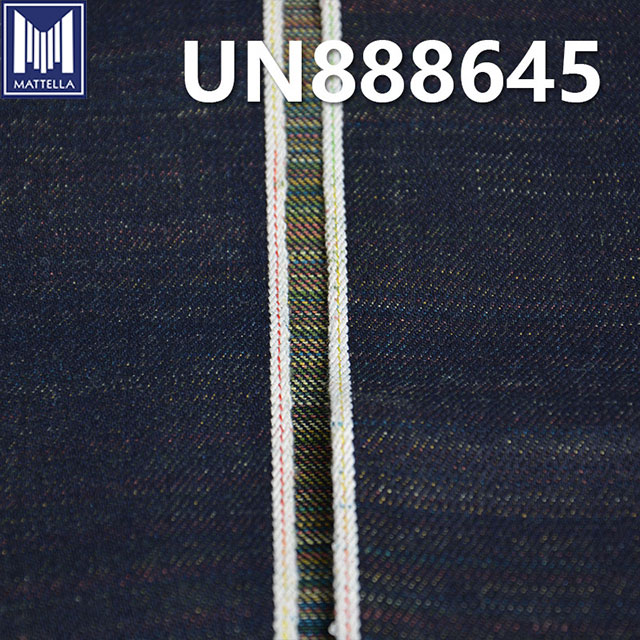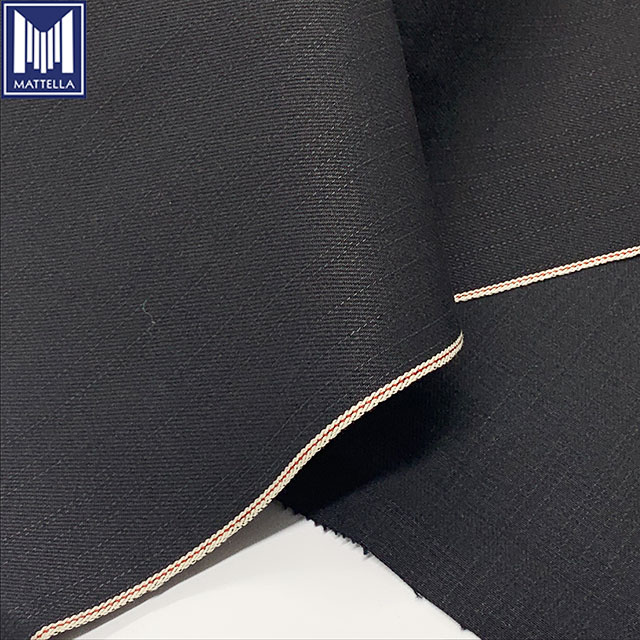Raw denim, on the other hand, refers to denim that has not been washed after the dying process. This means that the denim retains its original, dark color and stiff texture. Over time, raw denim will fade and wear in a way that is unique to the wearer.
So, why is raw selvedge denim considered sustainable?
1. Durability: Raw selvedge denim is known for its superior durability compared to other types of denim. This means that garments made from this material will last longer, reducing the need for replacement and thus reducing waste.
2. Less Water Usage: Traditional denim production is a water-intensive process, with hundreds of gallons used for washing and dying a single pair of jeans. Raw denim, however, is not washed after dying, significantly reducing the amount of water used in its production.
3. Less Chemical Usage: Similarly, because raw denim doesn’t go through the washing process, it doesn’t need the chemical additives that are often used to create different washes and finishes in traditional denim production.
4. Unique Fade Patterns: Over time, raw denim will develop unique fade patterns based on the wearer’s lifestyle. This means that each pair of raw selvedge denim jeans is essentially a one-of-a-kind piece, encouraging people to keep and wear them for longer.
5. Biodegradable: Denim, being a natural fabric, is biodegradable. This means that when a denim garment has reached the end of its life, it will break down and return to the environment, unlike synthetic fabrics that can take hundreds of years to decompose.
In conclusion, raw selvedge denim combines the benefits of both selvedge and raw denim, offering a more sustainable choice in denim fashion. With its durability, less water and chemical usage, unique fade patterns, and biodegradability, it’s no wonder that raw selvedge denim is becoming a popular choice for those looking to make more environmentally friendly fashion choices.
Other Denim Products






